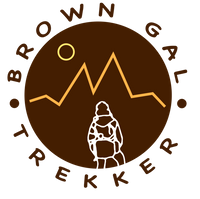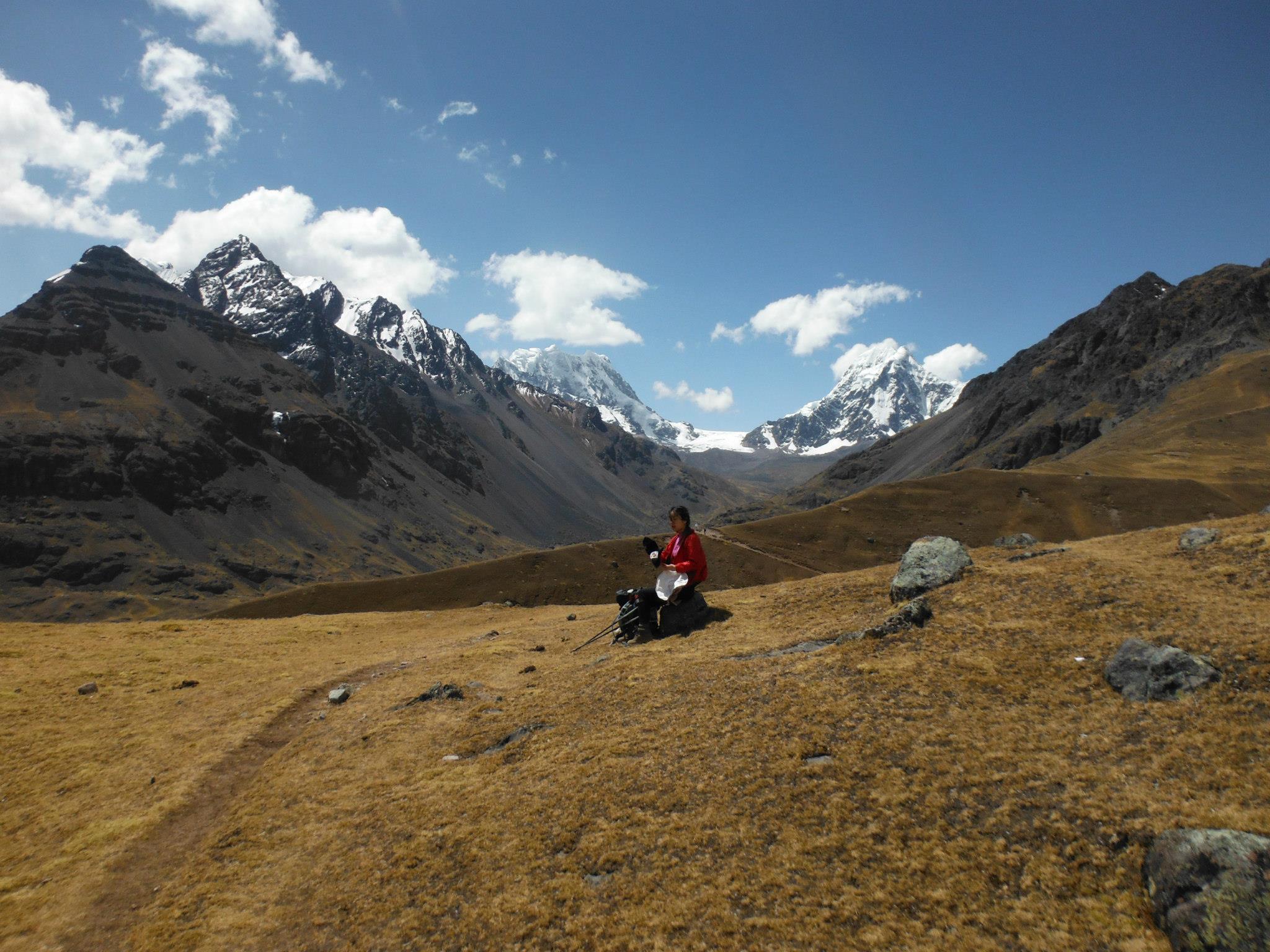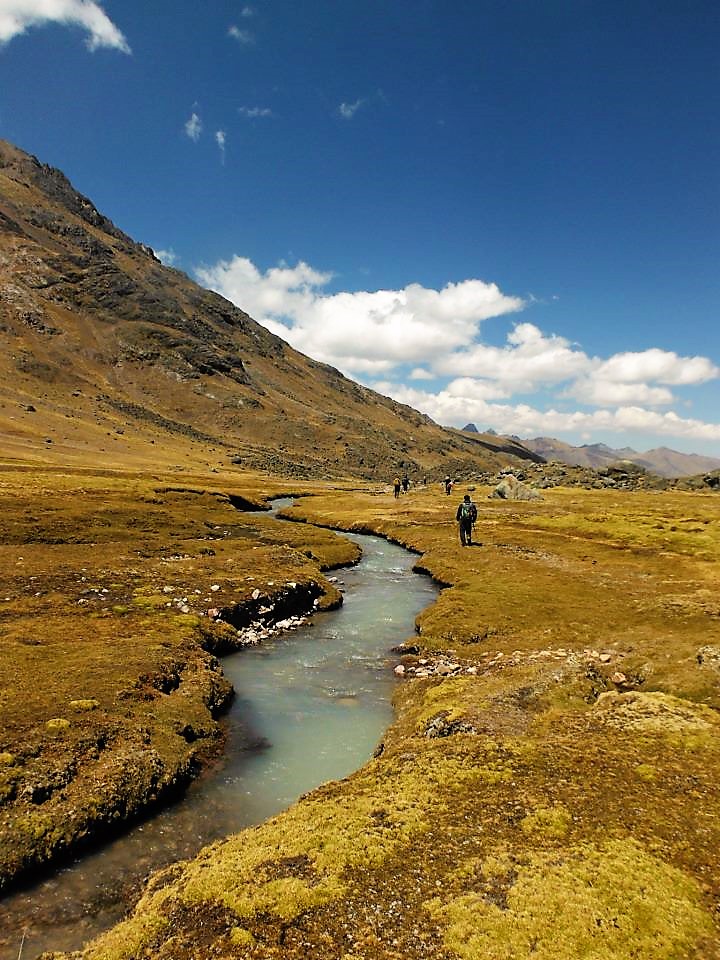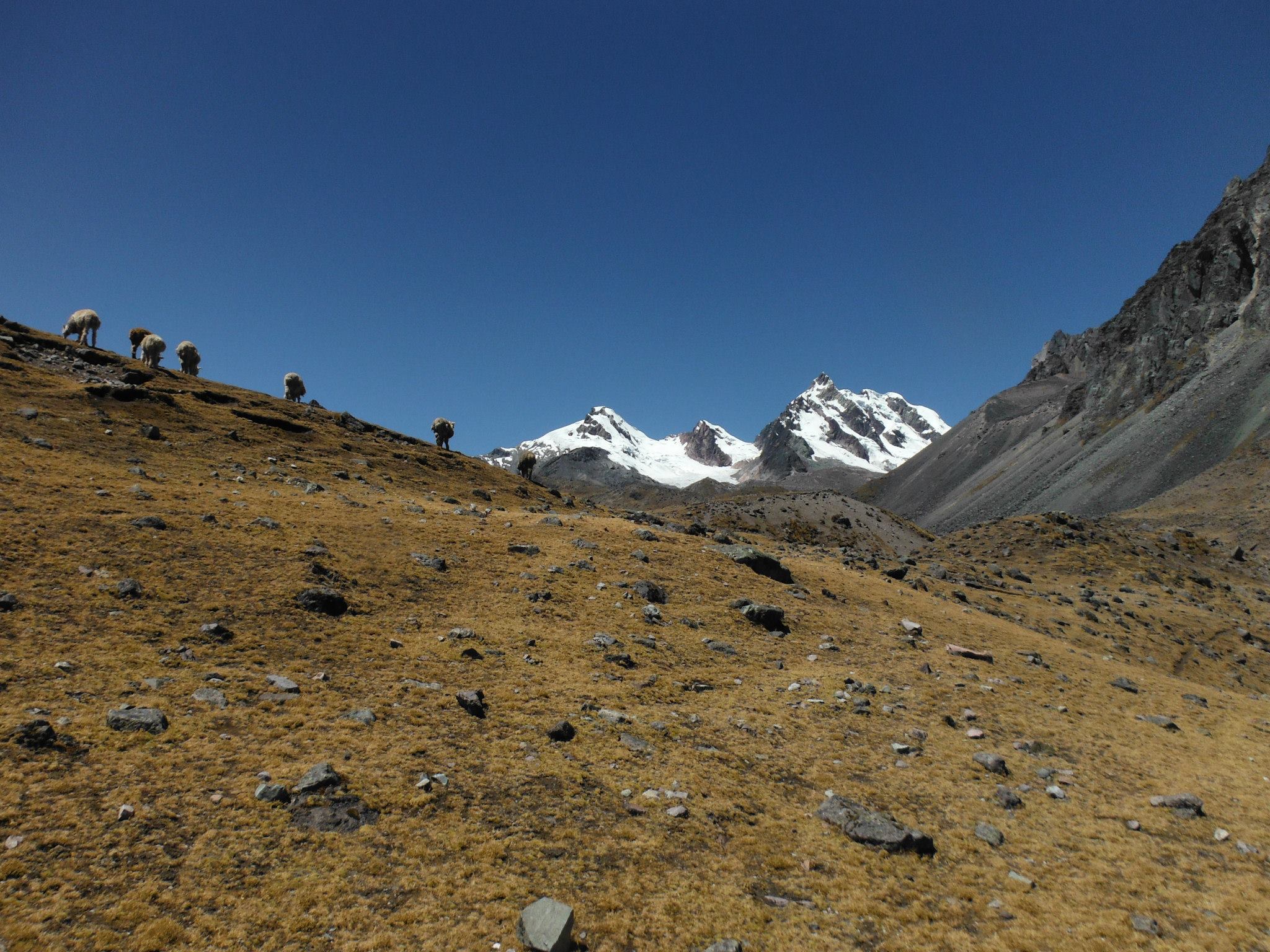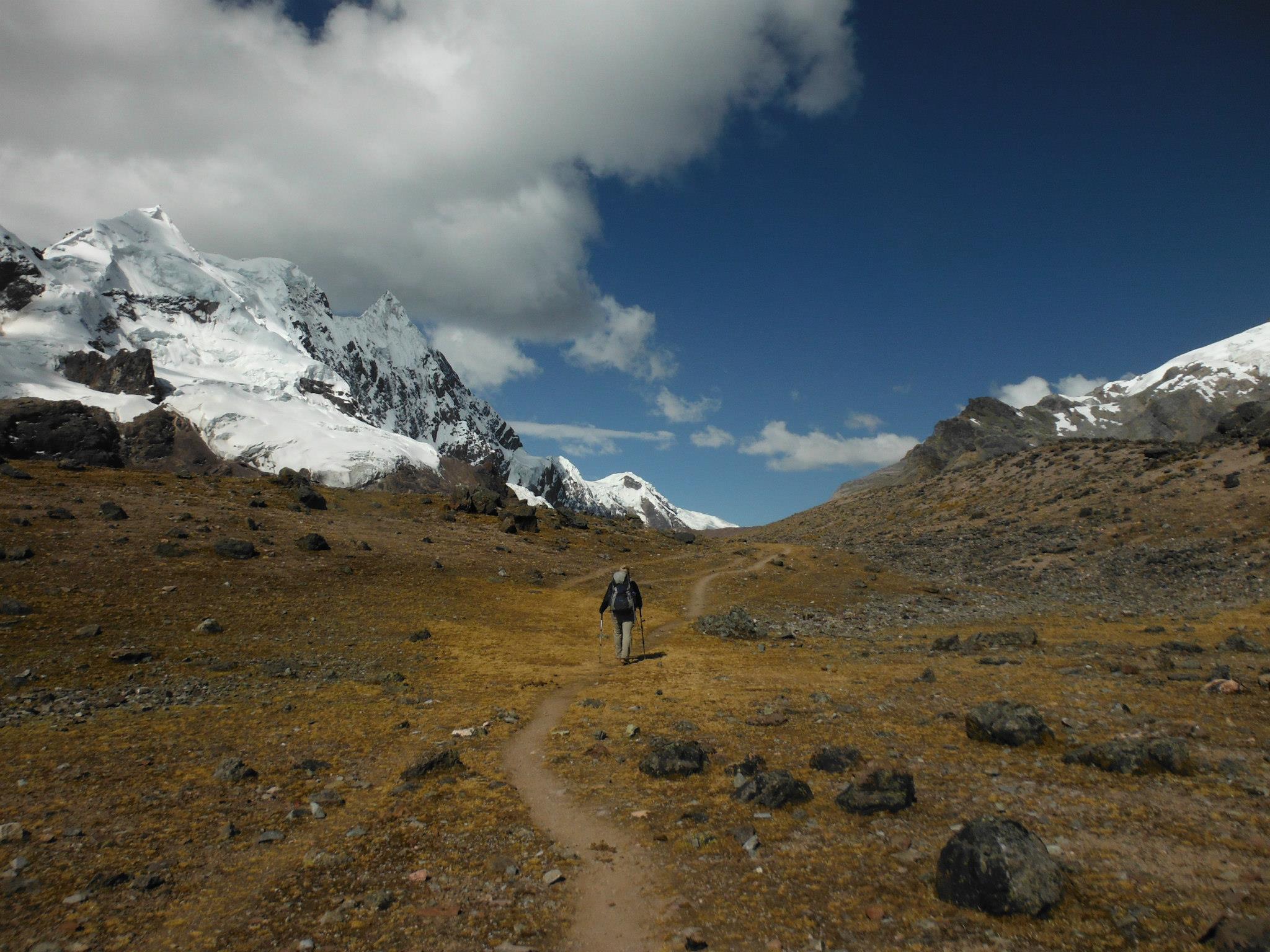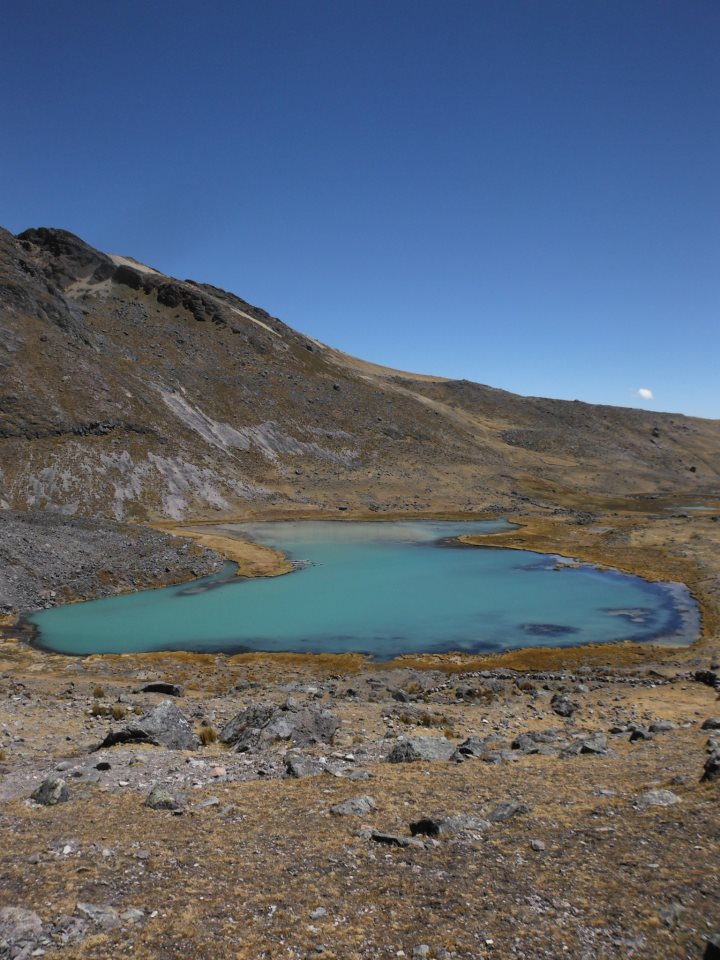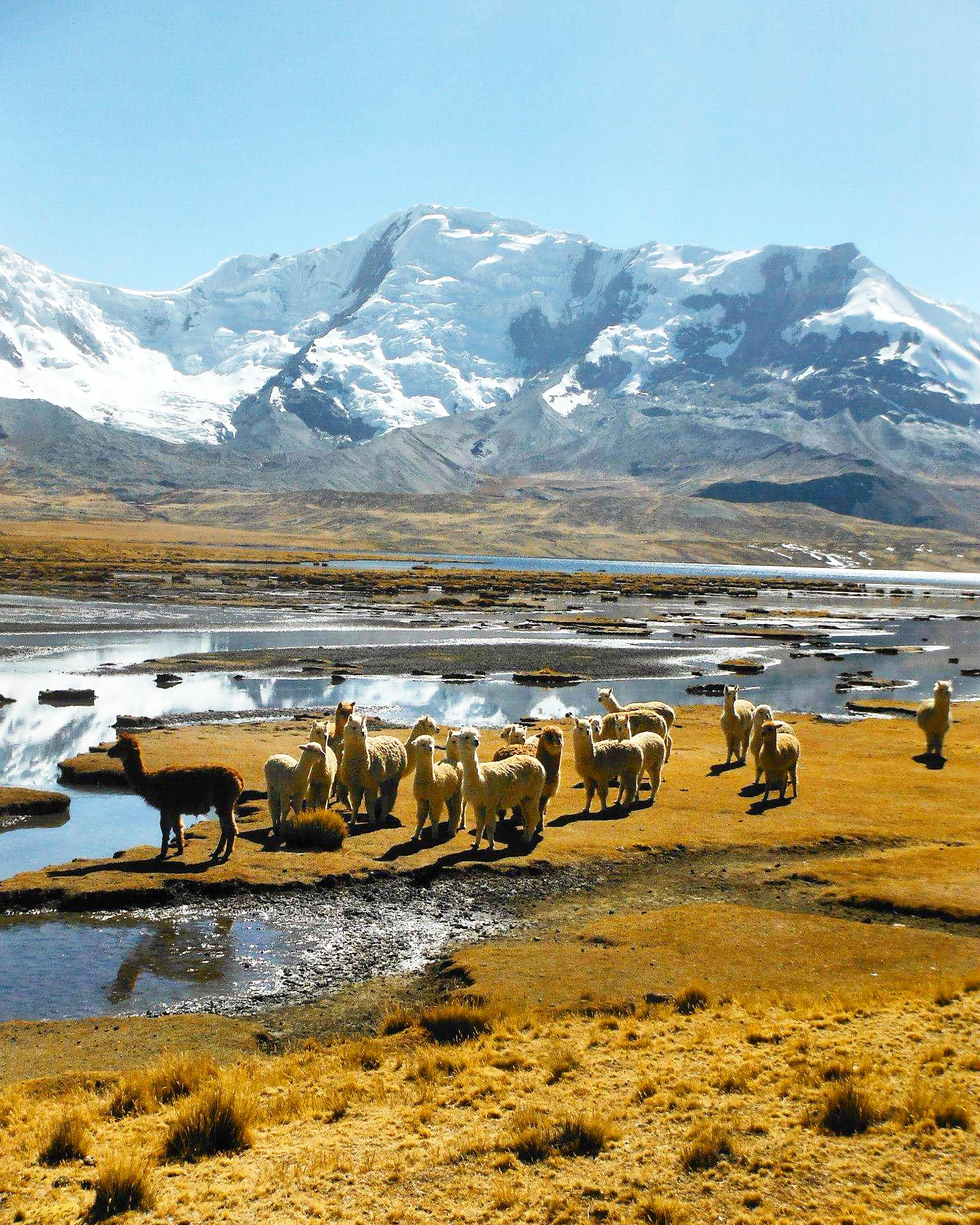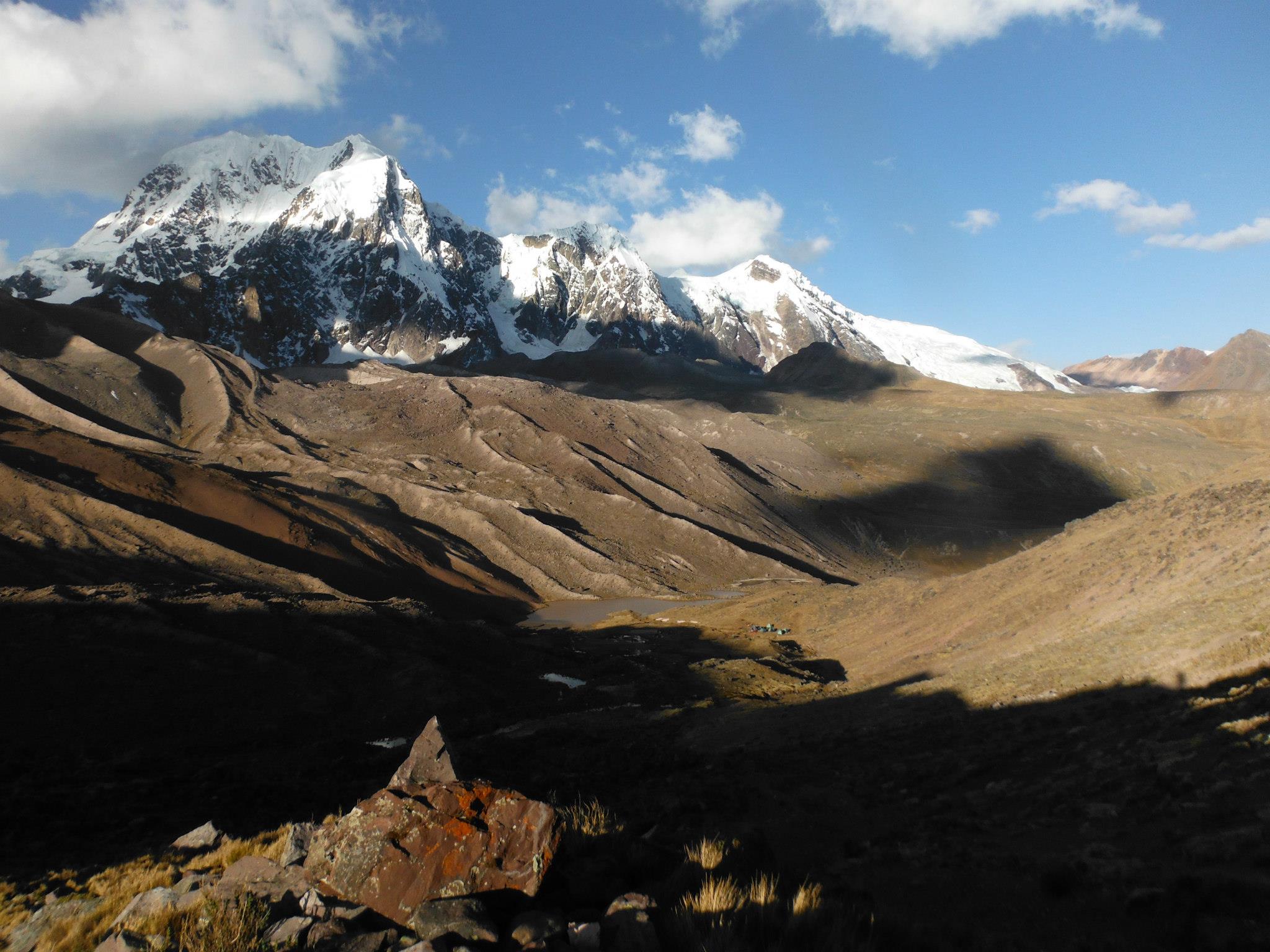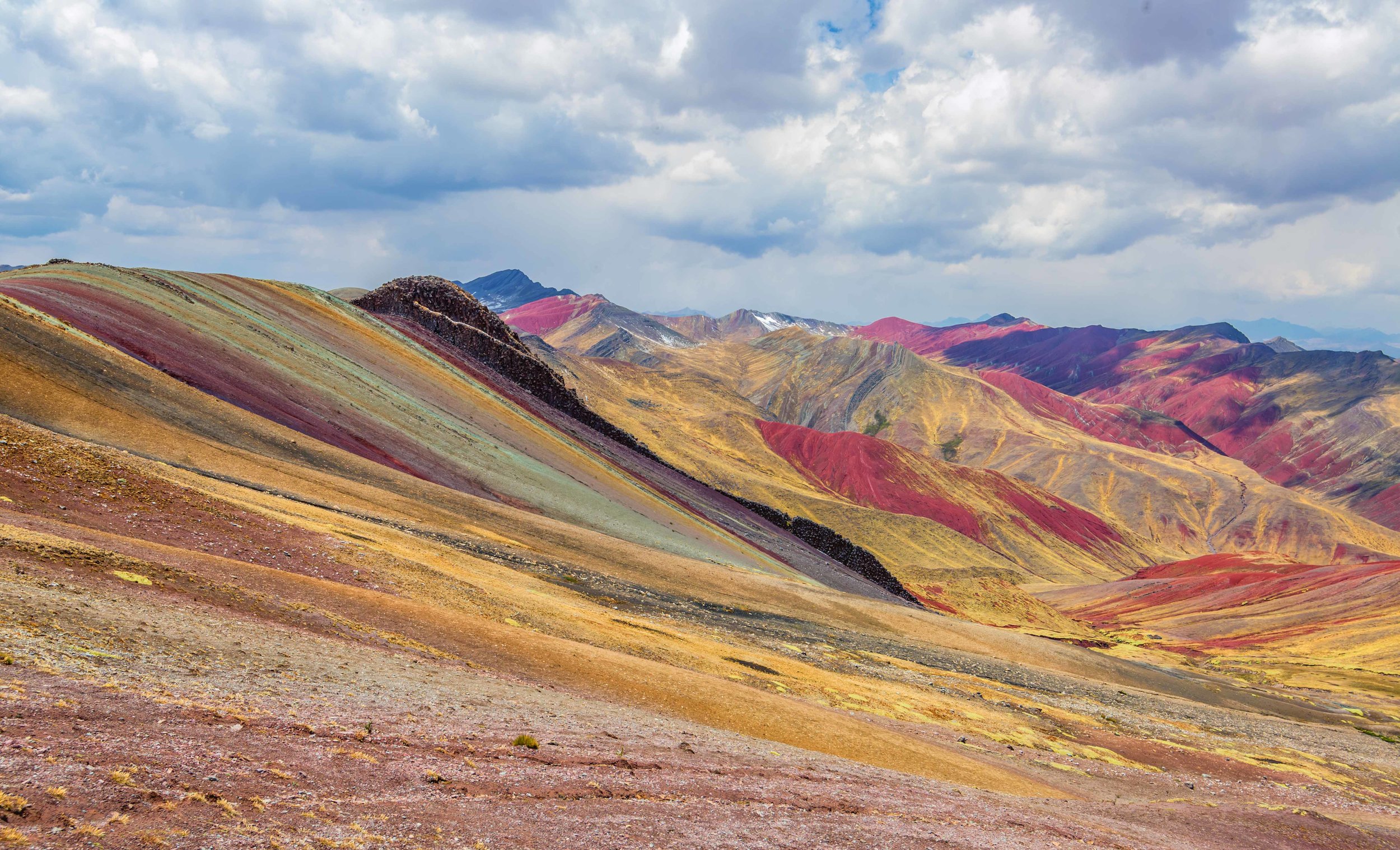Peru's Ausangate & Rainbow Mountains: A Hidden Gem For Trekkers
When I had the opportunity to do the Classic Inca Trail in Peru with a group of 30 people, I decided to add a more off the beaten path trail to the experience. The Inca Trail is a classic for a reason and you can read about the reasons why you should go HERE. However, I wanted to also experience more remoteness and a wilder trekking adventure that is opposite of the experience from the Inca Trail.
My nature of being such a curious hiker ultimately led me to discovering Ausangate. BestHike.com, which is a website that compiles the best treks in the world named Ausangate along with Pacchanta (also know as Rainbow Mountains) as one of the top 10 hikes in South America. The great thing about it is that it only takes 5-7 days to do so combined with the Inca Trail, you can do a decent 9-11 days of hiking, which makes for a solid two-week trip in Peru.
To get to Ausangate, the starting point is Cusco. There are many flights to Cusco via Lima. You can also opt to spend a few days in Lima and book a local flight from there to Cusco. Either way, the flight costs are quite reasonable. Once in Cusco, it’s recommended that you have a day or two of acclimatizing to the altitude. Cusco is at an elevation of 11,152 feet, which is high enough to experience the symptoms of altitude mountain sickness. For tips on how to prepare for altitude mountain sickness (AMS), read THIS. Spending time in Cusco is heavenly anyway so you should take a day or two to enjoy the cobbled stone streets and its historical sites. Typically, people visit the Sacred Valley nearby to see the ruins as an easy day trip.
To do the Ausangate trek, one must book a reliable tour operator who will provide a guide, an assistant guide, cook and horses to carry the gear. The price includes tents, basic sleeping mats, all the meals while trekking, dining tents, toilet tents and transport to and from the trail. The starting point is at Tinki village, which is only a few hours of a bus ride from Cusco. We did the 7 day itinerary. You can do a 5 or 6 day variation of the trek.
How difficult is Ausangate? It’s a REAL trek. When I say that, despite the fact that you only need to carry a day pack, it is a much harder trek than the Inca Trail. Here are the things to keep in mind about Ausangate:
It’s freezing cold!
It’s often below freezing at night from the first day until the end. While the Inca Trail trek is a pleasantly mild experience when it comes to weather, think “extreme” for Ausangate. Every night, we all struggled to keep our water bottles from freezing, to no avail. We huddled in the warmest part of our campsite – the dining tent or our respective sleeping bags. Campfires are not allowed for good reasons, of course. Due to the cold, we didn’t manage to stay up too long which meant long nights in the tent. You wait eagerly for the sunrise each day as that’s the only source of heat you can rely on.
It's very high right from the start
You start at a high elevation of about 12, 500 feet and it doesn't go below that until the end. The highest point is the pass at over 17,000 feet. Plus, the challenge is to go over a few passes, four in our case, that ranged from 15,000 to 17,000 feet in altitude. This is the exact reason why I combined this trek with the Inca Trail. Doing the Inca Trail first allowed for some way to acclimatize. Even though my group still dealt with some symptoms of AMS, I'm certain that the symptoms would have been far more severe had we not trekked the Inca Trail beforehand which went up to almost 14, 000 feet in elevation at its highest point.
It's remote
It's remote, as in when my group of 15 people did it, we did not see a single hiker on the trail. It's beautiful indeed to be in the middle of nowhere. That's what attracted me to do Ausangate in the first place. But as hikers, we all know that the more remote a trekking destination gets, the more safety issues you'll potentially deal with.
It's easy to get lost
The trail is unmarked and there is no set path. Hence, you really should have a guide. Some hardcore hikers have done this without a guide but you better be an expert on navigation as there is nothing up in those mountains that will give you a hint of where to go. To do this alone is risky as there's hardly any locals in the area. Although you will see villages at the start and end of the trek, there are no locals to be seen in-between except for one or two shepherds and their herds of llamas; therefore, help will be difficult to get if you do it without a guide.
It's roughing it
There are no facilities during the trek. No showers for sure or warm streams to bathe in. You set up camp in the wild like a true wilderness backpacking experience. You rely on the natural water sources for drinking water. Everything must be carried in and out, which is done by the use of horses. Going to the toilet means searching for a spot in the wild or there's the infamous toilet tent. The toilet tent will be your source of privacy but it can be an unpleasant experience if you have 15 people sharing it. It sounds petty but it can get mentally challenging to deal with this aspect when you're actually there. The problem is compounded by the fact that most of the time there are no bushes or trees given you're up at a high altitude so you'll need to resort to the use of the toilet tent. The best approach is to do your business as much as possible without having to use the toilet tent. It's not that sanitary as you can imagine.
Having said all this, I don't want to discourage you. Avid mountaineers know this universal truth:
Mountains make you work hard so you can enjoy their magnificent beauty to its utmost level.
Frankly, I still blush and glow with a smile when I think about Ausangate and Pacchanta. This part of the Andes is rather spectacular and less visited compared to the nearby treks that take you to Machu Picchu due to reasons noted above. However, the toughness of the trek undoubtedly adds more value to the experience.
Now, enters the best part - You immerse yourself in a spectacular and unique mountain scenery that only a few souls can ever see in person. See below for yourself, and always remember:
Mountain trekking is not meant to be easy. Facing challenges is what we do because while we're in it, nature always has a way to remind us that we can conquer just about anything with persistence and determination.
